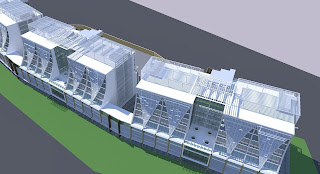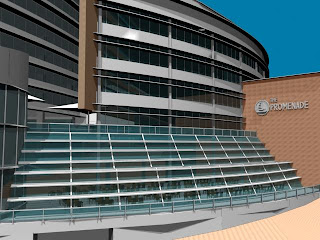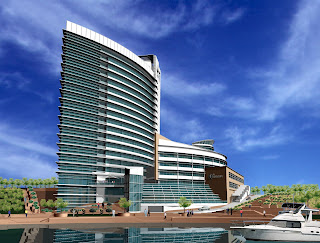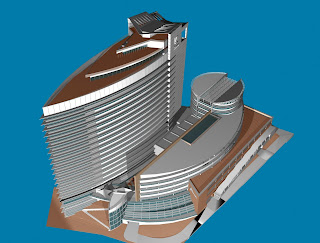
Unlike other arts, architecture is not concerned purely with producing creations that embody the personal philosophical or aesthetic pursuit by individuals. Rather, architecture is about building permanent structures that consider the average person’s everyday needs, symbolize the hopes and aspirations of a particular nation or society, achieve a sustainable way of using energy and technology to provide a livable environment without depleting the natural resources of our precious planet, and above all, contribute to the beauty and character of a place.
Architecture, therefore, can be described as the application of art and science to create places where the activity of living life as we know it, could take place.Throughout time, architects, in order to achieve this end, had developed numerous principles and theories so that their present community and the next generation could learn to make architecture better and more responsive to people and the way they live. These theories, in the form of philosophies and thought concepts, may be expressed differently at different times or era while ideas continue to change and develop. However, each and every one of these relate to the earliest known treatise on architecture; that by the Roman architect Vitruvius. In his book ‘De Architectura’ written in the early 1st century CE, Vitruvius stated that a good building should satisfy three important principles: firmitatis, utilitatis, venustatis (durability, utility, beauty). Today, these principles are better known and oft quoted as FIRMNESS, COMMODITY and DELIGHT based on Sir Henry Wotton’s translation of Vitruvius’ book in 1624.
These three principles of architecture remain true today as when they were first written and are present in recent contemporary architecture, regardless of their designers’ personal or collective philosophies. To fulfil the first principle, ‘firmness’, that buildings should stand firm and remain in good condition, architects do not leave the task to their engineers. Architects actively collaborate with other members of a project team to make a building structure as much a part of their architecture, rather than being merely the internal support system unseen from outside. They also consider material selection carefully to enable buildings, once completed, to be feasibly maintained by their owners.
The second principle, ‘commodity’, relates to the economics, practical function and purpose of a building. Although it appears to be quite straightforward, achieving this principle is by far the most difficult part of an architect’s work. To effectively plan the spatial relationships within a building and design functional exterior facades and fenestration, architects work tirelessly to resolve numerous design issues to fit the requirements of clients and local authorities, a time consuming activity which involves countless amendments to the concept and content of an architectural scheme before an acceptable proposal could be agreed upon by the stakeholders of a project.
The third principle, ‘delight’ or creation of beauty, is one that most people would expect to be the primary task of all architects, being the artists they are usually perceived to be. Yet for architects this is only a third of an all encompassing task of designing and managing an architectural project. It is within this third principle that aesthetical theories and philosophies become applicable, and contrary to popular opinion, only within a fraction of this ‘third’, can a building be given the attributes of personal expression. This is why architects often describe themselves as people who work diligently, using their knowledge and their art to serve the community they are designing for.

























